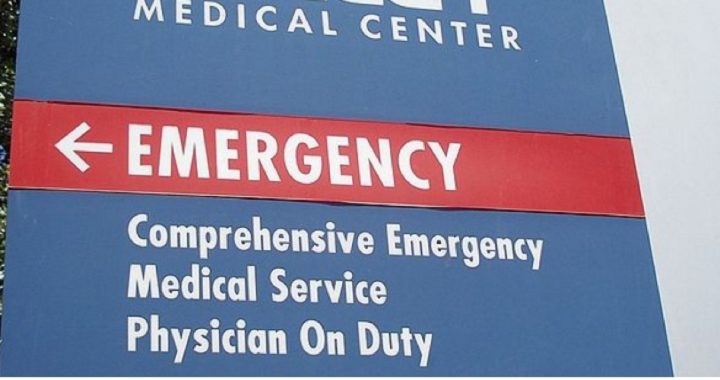
“What does it mean,” Dr. Keith Smith, CEO and managing partner of the Surgery Center of Oklahoma (SCO), asked in a video blog, “when a patient from Canada flies to Oklahoma City and has surgery here in our facility?”
“What does it mean when a patient has one of these new Obamacare cards in their wallet, but their out-of-pocket experience here at the Surgery Center of Oklahoma is better for them than if they actually used that Obamacare benefit?” he further inquired.
Smith then answered his own questions. Patients who prefer to pay cash for their surgery despite having health insurance — in Canada, through the government’s single-payer program; in the United States, through ObamaCare’s private-but-highly-subsidized exchange plans — “have coverage, but they really don’t have access to care.”
Canadians, for instance, are often subjected to long waits for procedures. According to Forbes, “In 2013, Canadians, on average, faced a four and a half month wait for medically necessary treatment after referral by a general practitioner.” The wait for basic diagnostic imaging such as an MRI stretched into weeks if not months. And these long lag times come at a price: the patient’s physical and mental health. Productivity is lost, health often deteriorates, and sometimes death results.
Americans, meanwhile, are learning that ObamaCare exchange coverage is often expensive, has high deductibles, and features a very narrow network of healthcare providers. Those covered under such plans are likely to have to wait to be seen by a physician and to pay a significant portion of their healthcare costs out of pocket. Those who obtained coverage under ObamaCare’s Medicaid expansion are in even worse shape because fewer and fewer doctors are willing to treat Medicaid patients given that program’s parsimonious payments.
What do you do if you have coverage on paper but can’t obtain care — at least not at an affordable price? You turn to someone willing to provide care outside the government-medical cartel.
SCO is perhaps the most prominent example of this type of free-market healthcare. The facility posts prices for all its procedures on its website, and they are often a fraction of the cost that other providers charge even to patients paying cash. In some cases, the prices are so low that patients with ObamaCare coverage actually save money by paying cash to SCO rather than going to one of the providers that take their insurance.
“Healthcare should not be anywhere near as expensive as it is,” SCO cofounder Dr. Steven Lantier told The New American last year, “and it wouldn’t be so expensive without all of the collusion that we see between government and corporate medicine. We prove that here every day, showing that it’s possible to drive down medical costs while raising performance, by getting government interference and government-enabled cartel medicine out of the equation.”
“Cost of care in the United States is really the problem,” Smith said in his blog. “After all, if the cost of healthcare is reasonable, then coverage is an afterthought. Coverage and insurance, which is a necessary thing, is [sic] there to cover uncertainty — not to cover the equivalent of a healthcare oil change.”
As Americans have been forced to become more cost-conscious in recent years, the SCO model has been replicated to varying degrees across the country. Pennsylvania’s St. Luke’s University Health Network recently introduced its PriceChecker website, which allows patients to see up front how much certain procedures will cost and then to prepay for them.
Individual doctors are also getting into the act. “A Physicians’ Foundation 2014 survey found 7 percent of doctors run a direct-pay practice and another 13 percent plan to transition to some form of direct-pay model,” reported the News Journal of Wilmington, Delaware, in an article on the many doctors in the small state who have chosen to exit the third-party-payment game in favor of spending more time with their patients and less on completing paperwork and meeting insurers’ demands.
These moves toward free-market medicine are to be welcomed. As Smith put it, “What the United States healthcare system needs … is the same free-market competition and discipline every other industry must endure.”
Unfortunately, there are still those who believe that the problem isn’t too much government intervention but not enough, and they continue to clamor for Canadian-style single-payer health insurance. This, Smith pointed out, “is really a distraction because it focuses on coverage,” not cost.
“People in countries that have single-payer coverage have just that,” Smith asserted. “They have coverage, but they really don’t have a lot of access to care. And more and more stories of the disaster of single-payer in the many countries that have adopted this are becoming clear and are leaking out every day.”
“When somebody wants to talk about single-payer, try to get them to talk a little bit about the cost of care and address the cost of care,” he added. “What is it that drives cost down and quality up? It’s the free market. Every single time; no other economic mechanism is more powerful.”
Photo of medical center sign: Coolcaesar at the English language Wikipedia



